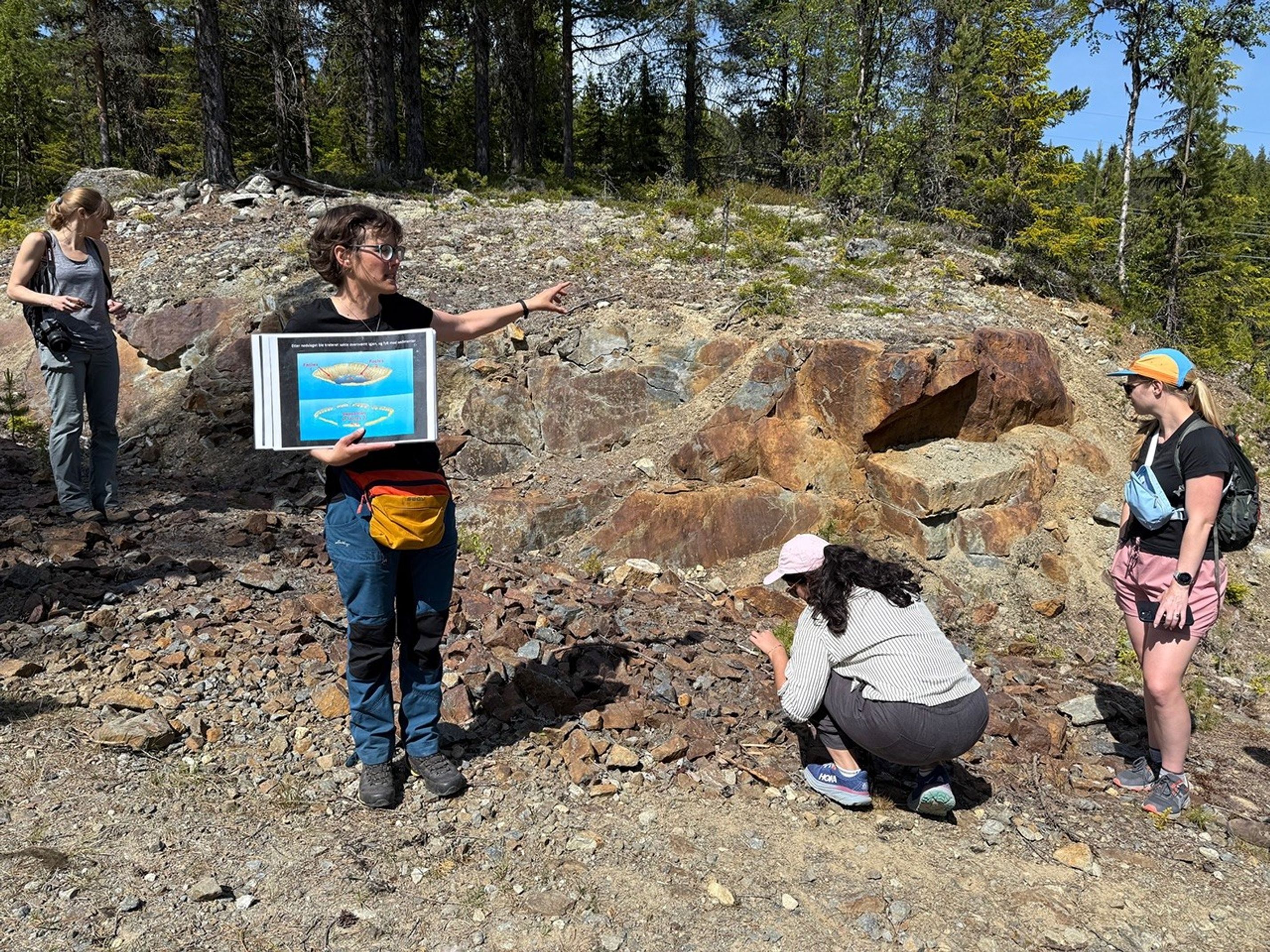The SHERLOC and PIXL proximity science instruments on Perseverance have enabled more detailed observations of Martian chemistry and minerology than ever before.
The SHERLOC and PIXL proximity science instruments on Perseverance have enabled more detailed observations of Martian chemistry and minerology than ever before. PIXL can isolate features as small as a grain of sand. To achieve this, these instruments on the end of the robotic arm must be placed at a precise distance from the feature of interest - very close, but not too close. PIXL even has a “hexapod” adjustment mechanism that compensates for drift in its position from the arm expanding and contracting over the many hours of observations.
The ideal surface for proximity science is dust-free and flat. But Mars is a rather dusty place, with rocks that have a variety of surface textures and geometries. Perseverance was designed to create this ideal, abrading with its drill and removing the dust from the resulting flat patch.
To ensure that we’ll succeed in abrasion and actually be able to use the patch as intended, many things need to be considered:
- The location of the drill prongs for abrasion should be stable and keep the drill in place.
- The surface should support a complete abrasion patch being created without fracturing the patch or remaining rock.
- After the abrasion it must be possible to position the dust removal tool with the robotic arm at the necessary angles to blow away the dust.
- It must be possible to then place PIXL above the abrasion patch at a height of 2.55 cm, about an inch, and SHERLOC at a height of 4.8 cm.
- PIXL hexapod motion should not be able to collide with the surface surrounding the patch, since it cannot detect this.
There are two main factors that create challenges in meeting these. First, Perseverance’s robotic arm is tightly packed with instruments and tools, including PIXL, SHERLOC, the drill, a facility contact sensor, and a dust removal tool – which could be damaged from incidental impact with the ground. Second, the robotic arm cannot be placed with perfect precision. Its position is impacted by sources of uncertainty such as thermal expansion of all of its components, and our knowledge of where a given spot on the surface will be with respect to the arm when it aims for it.
We use automated tools that factor in the constraints and accuracy to determine whether we’ll be able to place the instrument. When the answer is no, we iterate on the position. We improve the arm positioning accuracy before abrasion with additional steps such as taking reconnaissance images with the WATSON imager on the robotic arm and adjusting the arm position to reflect where it actually ended up when we tried to command it to the target.
As of sol 554 Perseverance has successfully performed proximity science in nine abrasion patches. We’ve arrived at Enchanted Lake and may soon be performing proximity science at a location that could contain evidence that Mars once was home to microscopic life.
Written by Vandi Verma, Chief Engineer for Robotic Operations at NASA/JPL
































